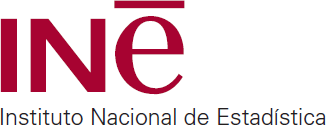Main results
- 83.5% of all households in 2023 claimed to be generally satisfied with the home where they were living.
- 14.3% of households with the lowest income resided in homes whose surface area did not exceed 60 m2, as opposed to 7.0% for higher earners. These percentages were slightly lower than those reflected in the 2012 survey.
- In 36.2% of households, their total home-related expenses represented a heavy burden. This percentage stood at 48.5% in households with the lowest income. These percentages were lower than those reflected in the 2012 survey.
- 27.5% of households admitted that they were unable to sufficiently heat their home during the winter months. On the other hand, 33.6% stated that they could not keep their home sufficiently cool during the summer.

